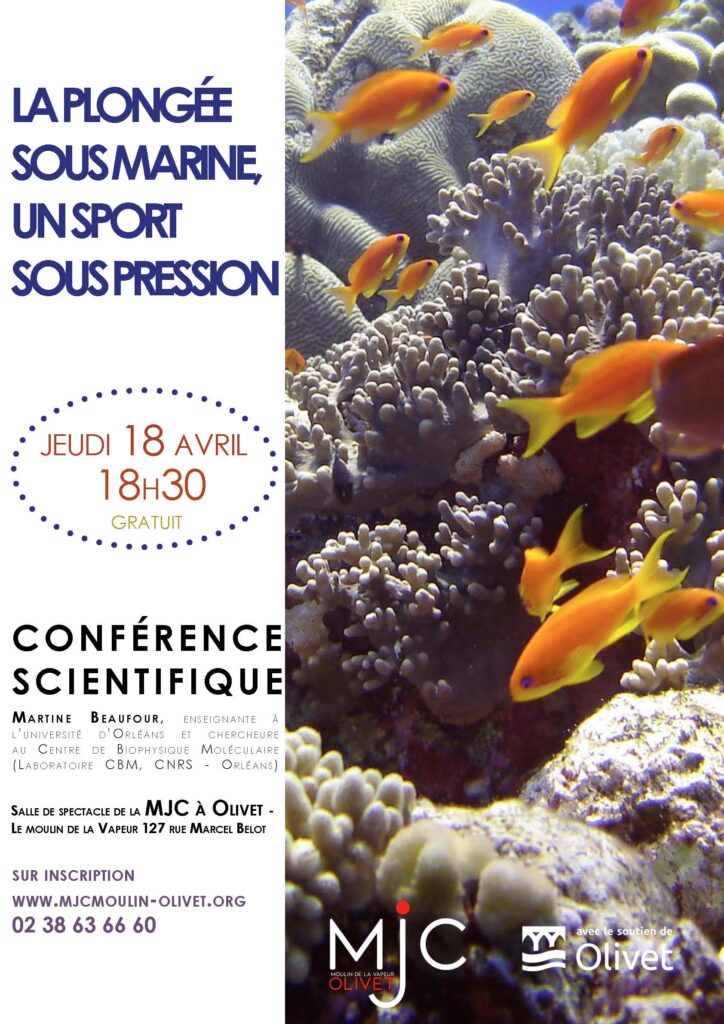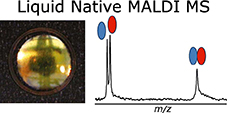Edison ZHAMUNGUI, PhD student in the "Functional mass spectrometry of molecular assemblies" team, will defend his thesis on Wednesday July 5, 2023 at 10:30 a.m. at the Charles Auditorium, CNRS Campus in Orléans.
Download the thesis defense notice.
Abstract:
Although membrane proteins (MPs) represent 2/3rds of potential therapeutic targets, so far only 10% of these proteins have been targeted by a marketed drug. This is due to a lack of structural information which derives from the challenges associated with producing MPs and the need for solubilizing agents. Major biological functions rely on critical proteins interacting with other biomolecules such as nucleic acids, peptides, or other proteins, thus forming larger complexes. The size of these complexes (i.e., 100 000 Da or higher) as well as their high heterogeneity impose limitations on their structural characterization.
In the past decade, the characterization of noncovalent complexes by native mass spectrometry has emerged as a valuable ally of traditional and emerging Structural Biology techniques such as X-ray crystallography, nuclear magnetic resonance (NMR) spectroscopy, or cryo-EM. Here we show how a novel method called Native Liquid MALDI (NALIM) can be used to answer questions about the structural biology of membrane proteins and large soluble complexes.
NALIM-TOF MS relies on the known strengths of MALDI-TOF MS such as a high tolerance to contaminants, a low sample consumption and in principle, a limitless mass range of analysis. With carefully controlled non-denaturing conditions and instrumental parameters optimizations, NALIM enabled rapid access to characterize various membrane transporter proteins, including an ABC transporter and an ion channel. The stabilization of the dimer of Bacillus subtilis multidrug resistance (BmrA) protein by ligand binding was demonstrated and the binding site of the Tx7335 actitoxin in the potassium ion channel KcsA shown to differ from the site of pore blockers. To get closer to the in vivo conditions of the native membrane's lipid bilayer, NALIM was applied to the characterization of membrane proteins in proteoliposomes and membrane vesicles.
The development of the NALIM method involved exploring different proteins to find a suitable calibrant for high mass range analysis. A preparation of alpha1-antitrypsin (α1AT) that forms a molecular ladder over a wide mass range was validated as a calibrant. Furthermore, instrumental parameters were tuned to improve the resolution and sensitivity in the high mass range, making it possible to obtain information on the stoichiometry and stability of large soluble complexes. For instance, NALIM revealed the stoichiometry and specificity of ZBTB8A oligomers and the stabilizing effect of NusG on the Rho hexamer.
In summary, NALIM was shown to be a fast and straightforward method for the structural characterization of membrane protein complexes and large soluble oligomers in their native state. The information obtained through NALIM can be of significant value in the fields of molecular biology and pharmacology. Moreover, NALIM promises to be an alternative for new strategies of drug discovery.




